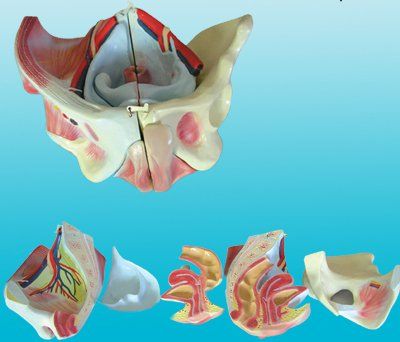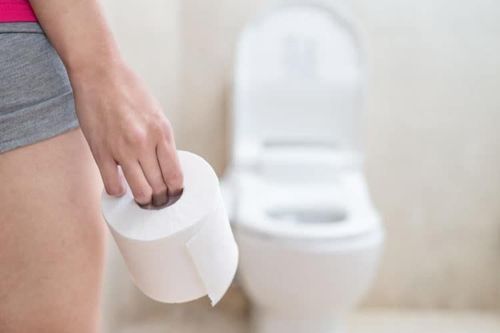This is an automatically translated article.
The pelvis plays an important role in vaginal birth because the fetus must pass through the pelvis in order to go out. During the last months of pregnancy, pelvic structures such as ligaments and hormone-driven joints should stretch a lot more than they did in the absence of pregnancy.1. What is postpartum pelvic pain?
Some women often face pelvic pain after giving birth. This sign is taken as a hint that your pelvis is having problems. Labor and delivery can cause damage to a woman's pelvis, but it's generally not too dangerous because these abnormalities usually resolve on their own. Postpartum pelvic pain can be caused by the following:
Fracture of the coccyx The coccyx is the last group of bones in the human spine, consisting of 4 to 6 vertebrae fused together. At birth, the baby passes through the mother's pelvis too fast or in the wrong position, the mother's tailbone can break.
This is similar to when a baby is born with forceps. Postpartum pelvic pain caused by a broken tailbone can last for weeks to months. Pain is worse when sitting, standing for a long time or during sex.
Pubic joint dilatation The pubic joint is made up of two pubic bones, which are connected by connective tissues, also known as ligaments. The fetal head presses against the pelvis causing the ligaments to stretch, causing a dull pain throughout the pregnancy. After giving birth, the parts of the pelvis have not been able to recover, causing women to experience pelvic pain after giving birth. If the ligaments are stretched too much, the bones are separated, swelling will occur, and there may even be bleeding. Postpartum pelvic pain due to pubic dilatation can last for 3 to 8 months. Pain is worse when walking, sitting or standing for a long time.
2. Solve postpartum pelvic pain
Most cases of postpartum pelvic pain are nothing to worry about, as they will clear up on their own with time. Depending on the cause, women can refer to the following ways to minimize pain. For postpartum pelvic pain caused by coccyx fracture, the following pain relief methods can be consulted:Apply compresses. heat or cold: a hot or cold pack can help a woman feel more comfortable.

Dùng gối kê lót khi ngồi hoặc nằm để giảm áp lực lên vùng xương cụt giúp giảm đau vùng chậu sau sinh
Use pillows: you can use pillows when sitting to reduce pressure on the tailbone area. Change your sitting posture: the sitting position leaning forward helps to reduce pressure on the tailbone, thereby helping to reduce pain. Physical therapy: see a rehabilitation specialist for guidance on pelvic relaxation techniques such as deep breathing and pelvic floor muscle relaxation. Drugs: A group of non-steroidal anti-inflammatory drugs (NSAIDs) that relieve pain and reduce inflammation. If your pain is more severe, your doctor may advise you to choose a steroid or an anesthetic with a longer-lasting effect. Surgery: If postpartum pelvic pain persists and doesn't go away, your doctor may recommend a coccyx. This is considered as a last resort, not often applied. For postpartum pelvic pain caused by pubic dilatation, women can relieve the pain in the same way as above, such as medication and physical therapy. In addition, some options can be applied to the cause of pubic dislocation such as:
Wear a brace or belt around the hip to help pull the two pubic bones together. This method provides quick pain relief. Bed rest: If you feel a lot of pain or even have trouble walking, your doctor may recommend that you rest in bed for a short period of time. As soon as you can move, you should practice walking and moderate exercise.
Please dial HOTLINE for more information or register for an appointment HERE. Download MyVinmec app to make appointments faster and to manage your bookings easily.
Article reference source: Webmd.com












